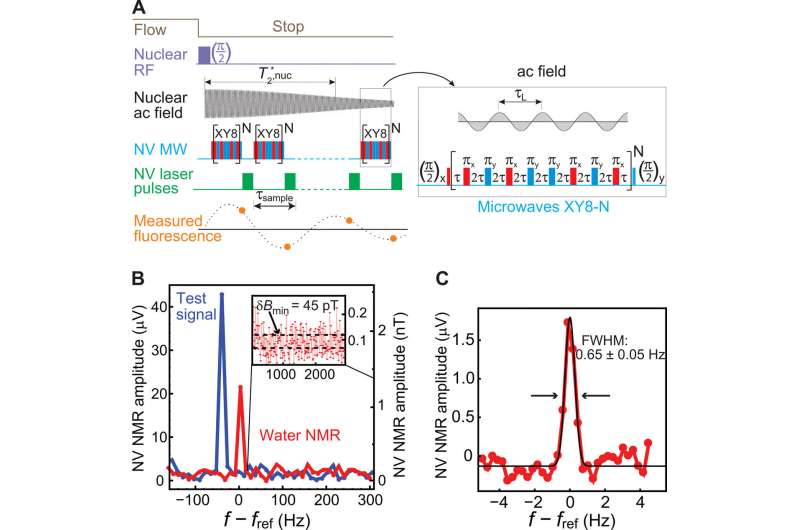
It can also be visualized quantum mechanically in terms of the quantum energy of transition between the two possible spin states for spin 1/2. The Larmor frequency can be visualized classically in terms of the precession of the magnetic moment around the magnetic field, analogous to the precession of a spinning top around the gravity field. For a 1 Tesla magnetic field this Larmor frequency would be: (shown in Figure 3. The electron spin or proton spin will tend to precess around the magnetic field with a Larmor frequency. Note that the electron spin magnetic moment is opposite to the electron spin while the proton spin magnetic moment is in the direction of the proton spin. If the radio frequency signal is then switched off, the relaxation of the spins back to the lower state produces a measurable amount of RF signal at the resonant frequency associated with the spin flip.Ī magnetic dipole moment (usually just called "magnetic moment") in a magnetic field will have a potential energy related to its orientation with respect to that field. This "spin flip" places some of the spins in their higher energy state. In the presence of the static magnetic field which produces a small amount of spin polarization, a radio frequency signal of the proper frequency can induce a transition between spin states. When the nuclear magnetic moment associated with a nuclear spin is placed in an external magnetic field, the different spin states are given different magnetic potential energies. With the correct electronic equipment physicists can measure the spectrum of absorbed and emitted energy. Just as it would take considerable energy to flip Earth's spinning motion, the nucleus absorbs and emits energy as it flips its spin. The analogy for Earth spinning on its axis would be if Earth flipped so that the north and south poles interchanged and Earth were suddenly spinning in the opposite direction.

This nuclear magnetic resonance (NMR) causes the spin of the nucleus to flip. Figure 1 on the right side shows an intuitive model of explanation above.

The phenomenon is called Nuclear Magnetic Resonance (NMR). If in addition to the constant magnetic field, there is also a weaker perpendicular magnetic field that varies at the same frequency as the Larmor frequency for the nucleus, then the nucleus resonates. When an atom is in a constant magnetic field, it nucleus precesses at the Larmor frequency. A nucleus in a magnetic field precesses at a frequency, called the Larmor frequency, which is proportional to the magnetic field. A nucleus, or elementary particle, possessing spin will wobble or precess when they are placed in a magnetic field. When atomic nuclei, or other charged particles, spin they become like a magnetic dipole (like a bar magnet). Protons, electrons, atomic nuclei, and other elementary particles have an intrinsic spin as if they were spinning on their axes.

Nuclear magnetic resonance builds on the physics concepts of resonance and nuclear spin (angular momentum of elementary particles of an atom). Nuclear magnetic resonance (NMR) is a physical phenomenon in which magnetic nuclei in a magnetic field absorb and re-emit electromagnetic radiation. Study of Nuclear magnetic resonance by Qaiser Siddique, Vallo Zinin and Razib Hossain.


 0 kommentar(er)
0 kommentar(er)
